What is hummus? Hummus or hommus translates in Arabic to chickpeas. A spread, in the first place made with humble ingredients: cooked chickpeas, tahini, garlic, lemon, and salt. The flavor and relative ratio of ingredients vary wildly from one cook to another, but today I’m focusing on the version familiar in Lebanon, which is made with a copious amout of tahini. Hummus is a serious treat, and any effort made in taking it seriously will be exquisitely requited.

Hummus lovers rejoice! This really is the supreme hummus recipe! The post is for the purist who want to learn the secrets of an authentic hummus bi tahini. A gratifying little meal that goes beyond cultures and continents, but anyone who has walked into a Lebanese restaurant at home or abroad knows how renowned Lebanon is for hummus. It’s hard to think of a more Lebanese dip than this decadent mezze that graces every home table in the Middle East, and appears on the menu of all Lebanese eateries overseas. If you are on the hunt for the perfect, authentic hummus stop here! One I can genuinely claim to beat the best gourmet fine dining restaurants in Beirut. Watch the detailed video tutorial and keep this post as a reference, you will never look back again at any other recipe, trust me on that, but if you are looking for a quick hummus recipe, don’t contunue reading, the recipe is made from scratch.


How to eat Hummus?
Best enjoyed as part of the mezze, with barbecued meats and slathered onto sandwiches with grilled kafta kebabs and grilled veggies. But, in Lebanon, it is common practice to serve hummus for breakfast with whole warm chickpeas, olive oil and a sprinkle of cumin powder – and eat it alongside foul medames with mint leaves, raw onion and fresh warm pita.

Ingredients
- Dried chickpeas
- Lebanese tahini
- Garlic
- Lemon juice
- Citric acid
- Sea Salt
- Ice cubes
- Oil, at restaurants they add a drizzle of neutral oil like sunflower; safflower or canola oil to add create a fluffy texture, you can skip it
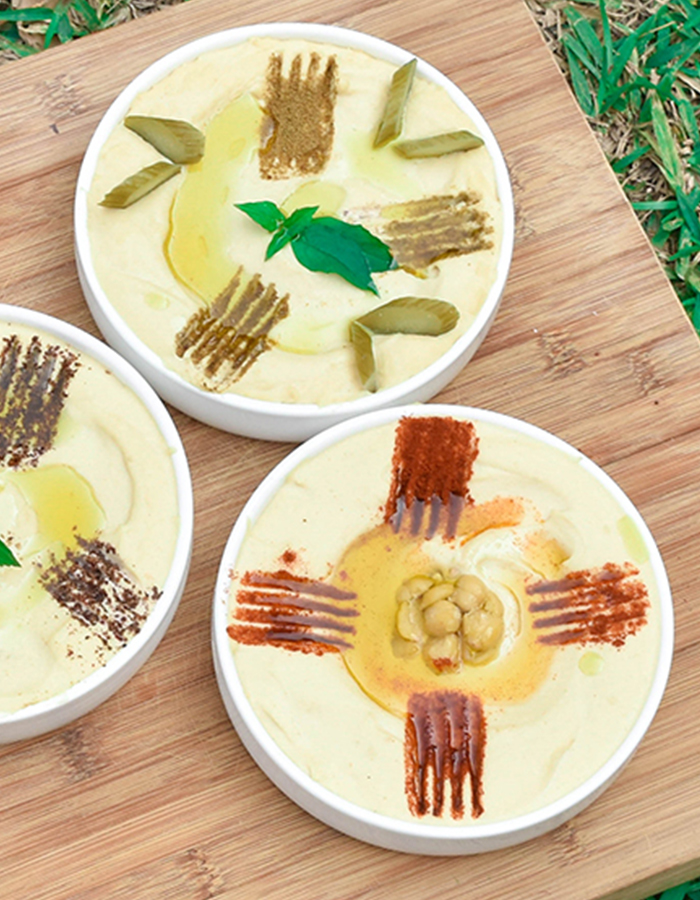
Fluffy, smooth dip, just like the kind I enjoy at a high-quality Lebanese restaurant. It’s simple to make, but to achieve up to the mark hummus, plan two days ahead because the tricks and secrets to perfect hummus is not only the ingredients, but the process as well. Those tricks will put your hummus over the top.
Everyone makes hummus, and everyone claims that it is dead simple, but not everyone is able to make hummus at home to rival a bowl of that you eat at a Lebanese eatery. Now, I am here to tell you can make an authentic bowl of hummus at home that beats the best restaurants in Beirut, keep in mind that the only major investment in making a decent bowl of hummus is time, and please read carefully the tips I have provided below.
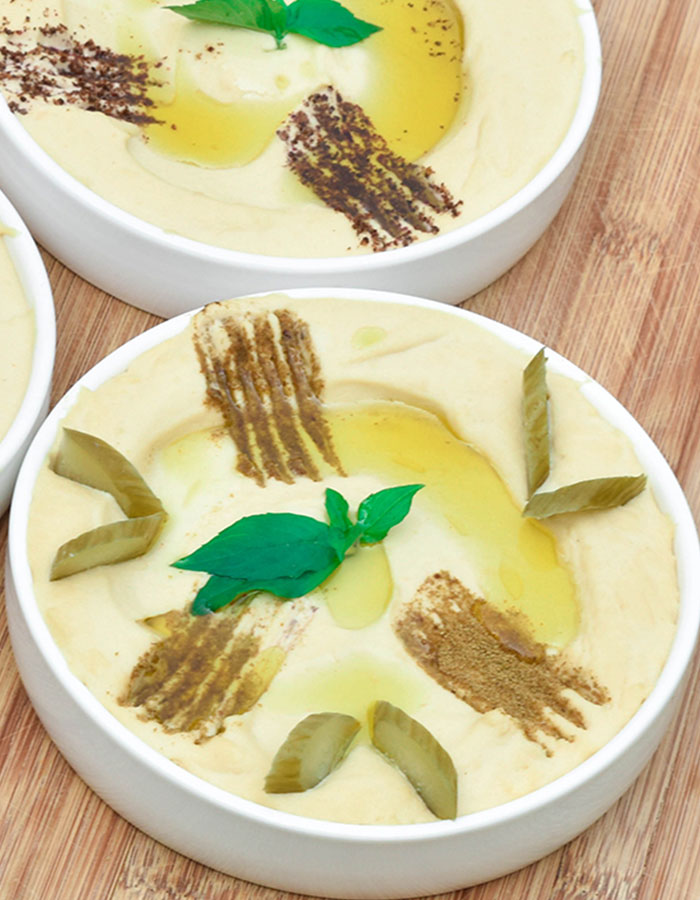
Chickpeas
- A big fat no to canned chickpeas. They will never delver the texture and flavor of an authentic hummus.
- Cooking the chickpeas for 1 hour in water with baking soda makes them easier to blend. This strategy helps break down the skins on the chickpeas, which assist them blend into super creamy dip without any grittiness.
- Puréeing the chickpeas in a food processor or a high-power blender while they’re still hot will deliver a smooth hummus, and no need to peel chickpea skin.
Lemon juice
Use fresh lemon juice, strain the lemon to avoid lemon pulps penetrating hummus that eventually would create a bitter taste, especially after a day or two.
Tahini
- One tip to keep in mind: It is important to use a good tahini brand in hummus. No bias here, but Lebanese tahini brands are the best. I would never make hummus with anything other than a Lebanese tahini, simply because you’ll be using a copious amount of tahini, and no one wants to end up with a bitter hummus.
- When to add tahini? Now here is where the important secret revolves around, I count myself among those who have been unsure about the right time to apply tahini. I used to think at the beginning, and I’m probably not alone. Let’s shed light on that: Never add the tahini while the hummus is hot, it will negatively affect the desired hummus texture and flavor.
- 400 grams/ 14 oz of tahini may sound a lot, but that’s how its done at Lebanese restaurants.
Citric Acid
A bit of citric acid will provide the hummus with its desired pale beige color and would add an agreeable citrus undertone.
Garlic
- The love of garlic is nearly essential to Lebanese recipes, but you don’t need a lot of it in making hummus, two to three garlic cloves would do the job just right.
- If you are storing a batch of hummus in the refrigerator for a few days, then I would advice you to skip the garlic, unless you are serving the whole batch right away, there’s a negative transference of flavor that can happen with garlic in hummus. The day you need to serve a bowl of hummus, crush the garlic to a smooth paste, mix in with the ready refrigerated hummus and serve.
Ice Cubes:
Ice cubes work to improve the texture, density and color of your hummus greatly, and makes it more fluffier.
The secret ingredient!
The unusual ingredient that amy be a surprise to you! A secret ingredient that most Lebanese chefs in best fine dining Lebanese restaurants draw upon in making hummus, guess what? sunflower oil or any neutral oil; it is added to hummus at the end while blending, after testing, I endorse, it makes a huge difference in terms of texture and flavor.
Hummus Broth:
No need to save the hummus broth, ice cubes are enough to ajust the consistency.
Taste and Adjust
Tasting and adjusting — over and over again as you add salt, taste your hummus while blending. Under salting will make hummus taste flat, make it taste good to you.
Can hummus be made ahead of time?
Yes! Hummus can be made and kept for 6 days stored in a covered container in the refrigerator.
And now let’s get started
In a bowl, add the dried chickpeas and cover with twice its volume with cold water, add 1 teaspoon of baking soda. Leave on your kitchen bench to soak overnight.
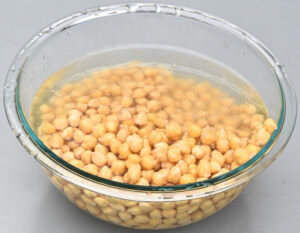
Once the chickpeas have been rehydrated, drain the water they have been soaking in.
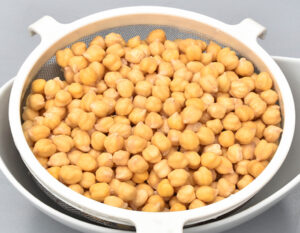
Add them to a large pot and cover with 1 1/2 liters/ 6 cups fresh water . Bring to a boil, remove the scum that appears on top and add the rest of baking soda. The scum will appear one more time after the addition of baking soda, remove the scum one more time. Turn down the heat, cover up and simmer gently until they’re tender.
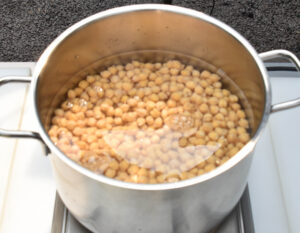
Chickpeas need to be easy to mush, and almost falling apart, until the chickpeas are very soft and smush when pressed between your fingers, will take between 1 to 2 hours depending on your chickpeas. Add more hot water if they seem to be boiling dry.

Drain, and set aside a few chickpeas for garnish. Using a highspeed blender process the chickpeas while they are still warm, for 30 seconds, scrape the sides and bottom of the bowl then process another 30 seconds or until well blended, smooth and no more grainy. Refrigerate overnight. If you are in a hurry, freeze for 1 hour.
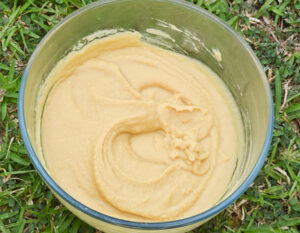
The second day, in the bowl of a food processor, add half of the ice cubes and pulse to crush the cubes, add the pureed chickpeas and pulse a few times to homogenize. Add the citric acid, lemon juice the rest of ice cubes and salt and garlic (read the note above about garlic) and pulse one more time. Add half of the tahini in a thin steady stream while the food processor is still running, scrape the sides and bottom of the bowl then add the rest of the tahini and run the food processor for 3 minutes to fully incorporate everything together. This extra time helps “whip” or “cream” the tahini, making the hummus smooth and creamy. Gradually add the sunflower oil and pulse to integrate together, season with salt to your liking. You may need to add more.
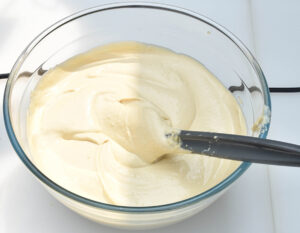
Transfer hummus to shallow serving plates and create a well in the center with the back of a spoon. Garnish with reserved chickpeas, and drizzle with quality extra virgin olive oil. Check the video tutorial to learn how to make hummus, including garnishing.
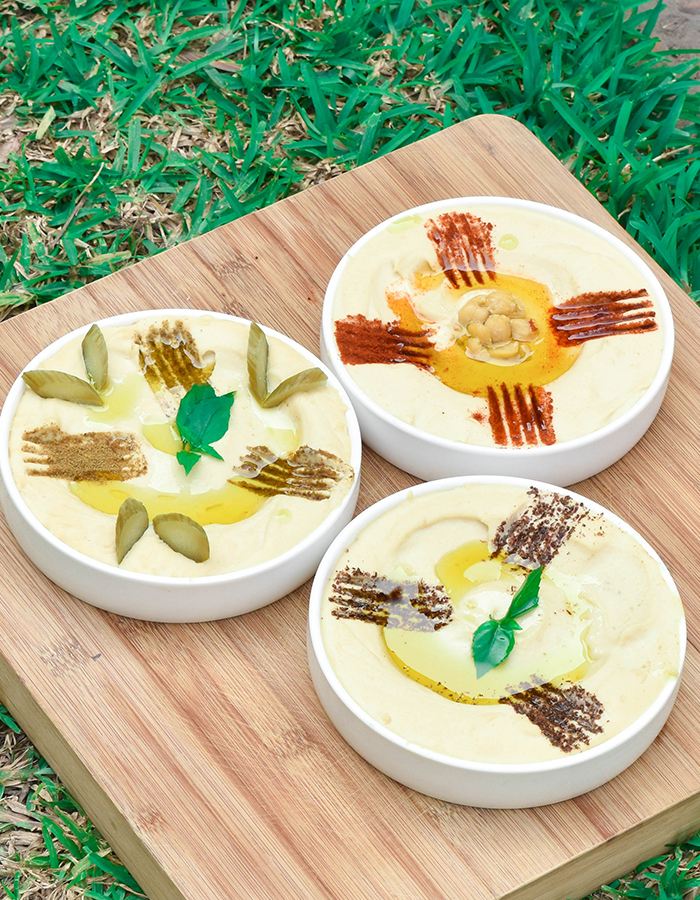
Great dips and condiments worth learning:
- Baba Ghanouj (Smoky Eggplant dip)
- Taratour, Lebanese Tahini Sauce
- Lebanese Garlic Toum
- Mouhamara (Red Bell Pepper Dip)
- Lebanese-Style Mashed Potatoes, Walnuts and Herbs
- Labneh (Lebanese Cream Cheese)
- Foul Medames
For a long time, hummus was always a favorite to many, but many struggled to get the texture just right when making it at home. I’m here to tell you there’s hope. With a few simple tricks and secrets, you can make the best creamy, luscious hummus that would beat the best hummus at any refined fine dining restaurant.

Reviews:
- Sophie said: Killer hummus recipe. By far the best I’ve ever made, smooth, creamy and packed with flavor. The texture as you described, is a restaurant-style. Though not a fast recipe, but easy to apply. I will never use another recipe again for hummus.
- Lauren said: I used this recipe to impress my Lebanese boyfriend. He said this hummus tastes exactly like something you would get at a 5 star restaurant in Beruit. The texture is 10/10. I am so impressed with your skills Hadia. Your website, YouTube videos, and cookbook has reignited my love for cooking. Thank you!
Lebanese Hummus (Authentic)
Description
Ingredients
- 500 grams / 1 lb 2 oz dried chickpeas can be purchased at many Middle Eastern or Asian markets.
- 400 grams / 14 oz. tahini
- Salt to taste
- 1/3 cup of canola oil or sunflower oil skip it if you want to stay away from hydrogenated oil, but it is the secret ingredient that restaurants rely on for an epic hummus
- 1 leveled tablespoon citric acid
- 2 tablespoons freshly squeezed lenom juice strained
- 2 teaspoons baking soda 1 teaspoon in the soaking water, and the rest in the pot
- 1 tablespoon salt or to taste
- 1 cup ice cubes
- Quality extra virgin olive oil to drizzle upon serving
Instructions
- Before starting, please read all the tips and secrets I have provided above, they’ll definitely make a huge difference.
- In a bowl, add the dried chickpeas and cover with twice its volume with cold water, add 1 teaspoon of baking soda. Leave on your kitchen bench to soak overnight.
- Once the chickpeas have been rehydrated, drain the water they have been soaking in and add them to a large pot and cover with 1 1/2 liters/ 6 cups fresh water . Bring to a boil, remove the scum that appears on top and add the rest of baking soda. The scum will appear one more time after the addition of baking soda, remove the scum one more time. Turn down the heat and simmer gently until they’re tender – they need to be easy to mush, and almost falling apart, r until the chickpeas are very soft and smush when pressed between your fingers, will take between 1 to 2 hours depending on your chickpeas. Add more hot water if they seem to be boiling dry.
- Drain, and set aside a few chickpeas for garnish. Using a food processor or a high-speed blender process the chickpeas while they are still warm, for 30 seconds, scrape the sides and bottom of the bowl then process another 30 seconds or until well blended, smooth and no more grainy. Refrigerate overnight. If you are in a hurry, freeze for 1 hour.
- The second day, in the bowl of a food processor, add half of the ice cubes and pulse to crush the cubes, add the pureed chickpeas and pulse a few times to homogenize.
- Add the citric acid, lemon juice, the rest of ice cubes, salt and garlic (read the note above about garlic), pulse one more time. Add half of the tahini in a thin steady stream while the processor is still running, scrape the sides and bottom of the bowl then add the rest of the tahini and run the food processor for 3 minutes to fully incorporate everything together. This extra time helps “whip” or “cream” the tahini, making the hummus smooth and creamy.
- Gradually add the sunflower oil and pulse to integrate together.
- You may need to add more lemon juice and salt, adjust to your preference.
- Transfer hummus to shallow serving plates and create a well in the center with the back of a spoon. Garnish with reserved chickpeas/ paprika/cumin powder/ sumac, to make the fork impressions on hummus, dip the back of the fork in water so it coats the back of fork tines with light pressure, impression the paprika/cumin powder/ sumac onto the hummus surface and drizzle with quality extra virgin olive oil. You will love this recipe, I promise. Watch the detailed video tutorial. Enjoy!
Video



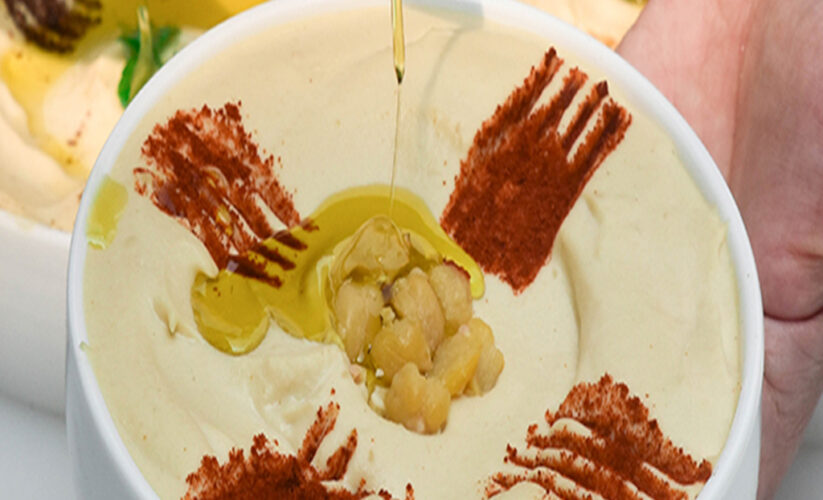
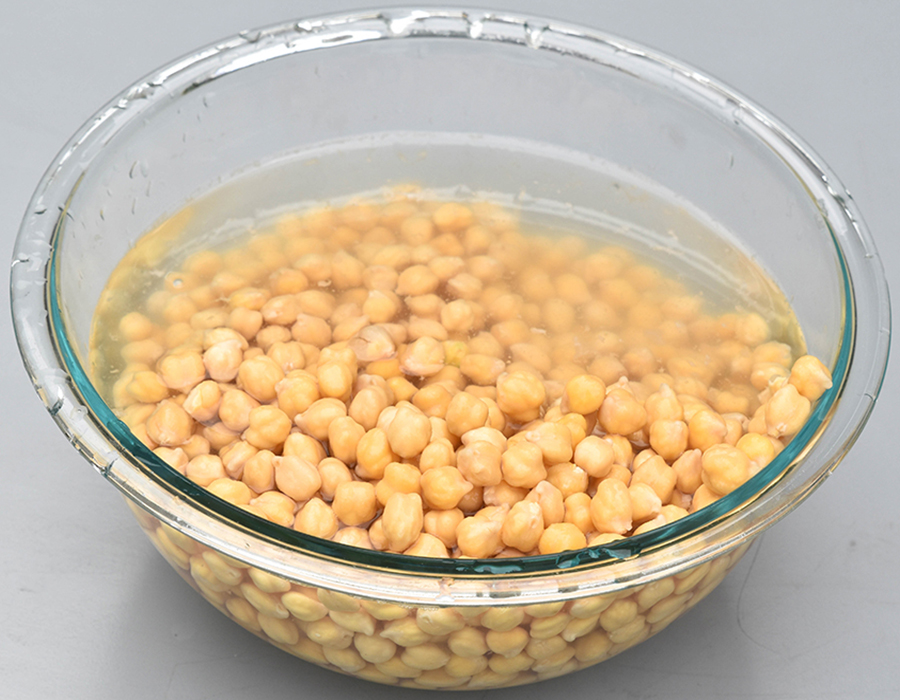
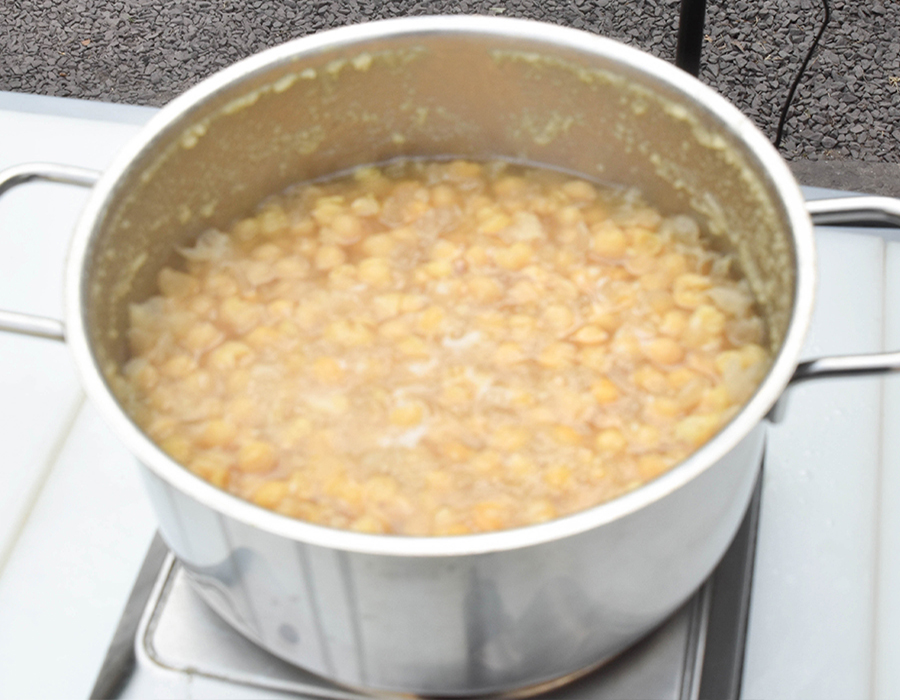

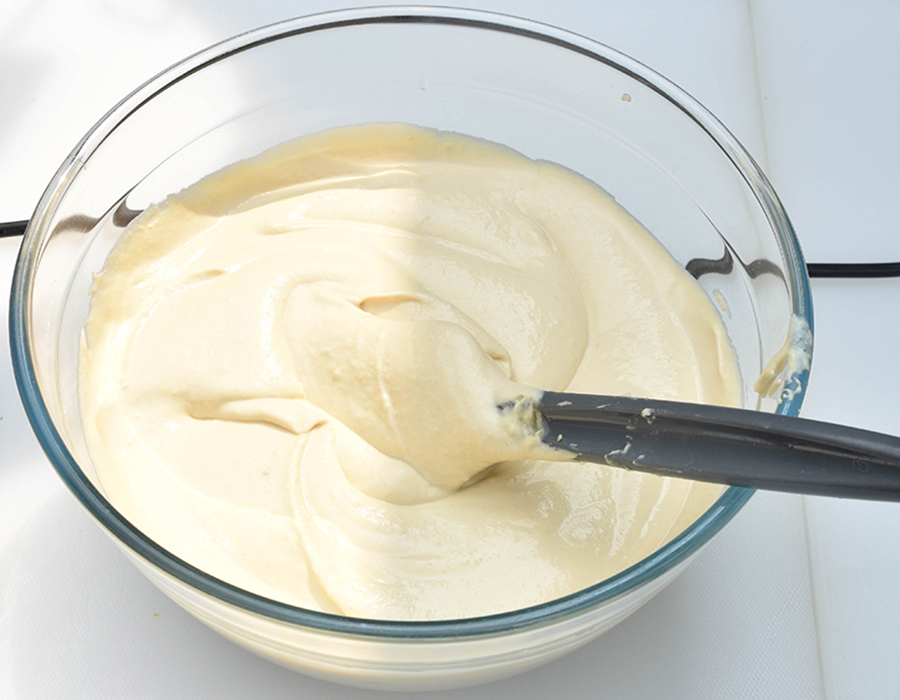
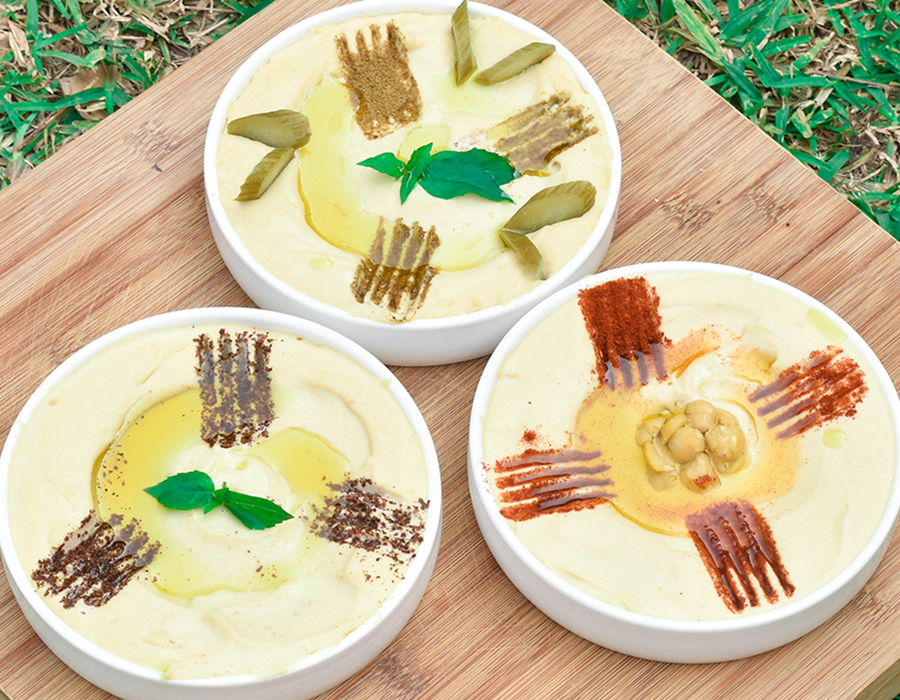
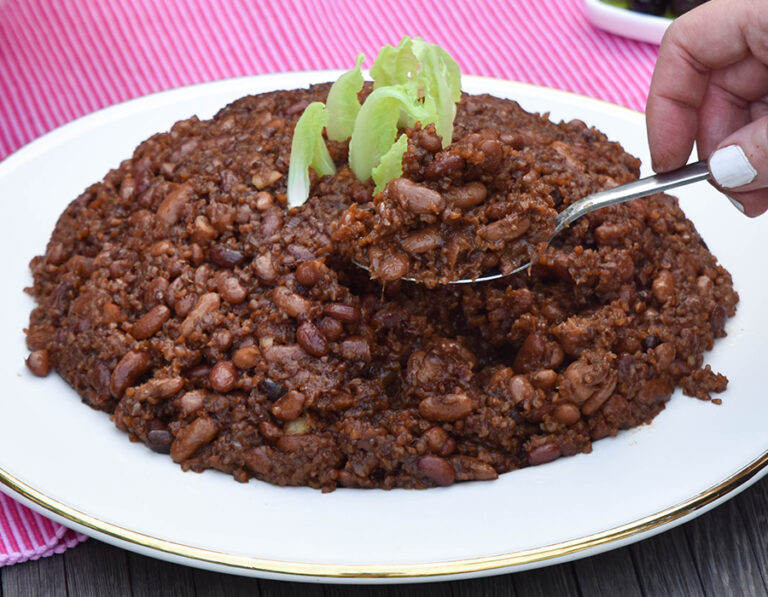
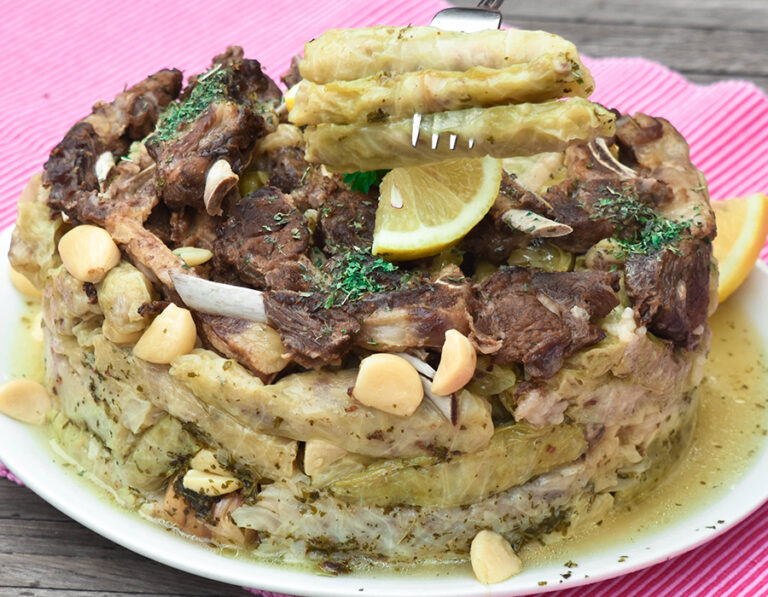
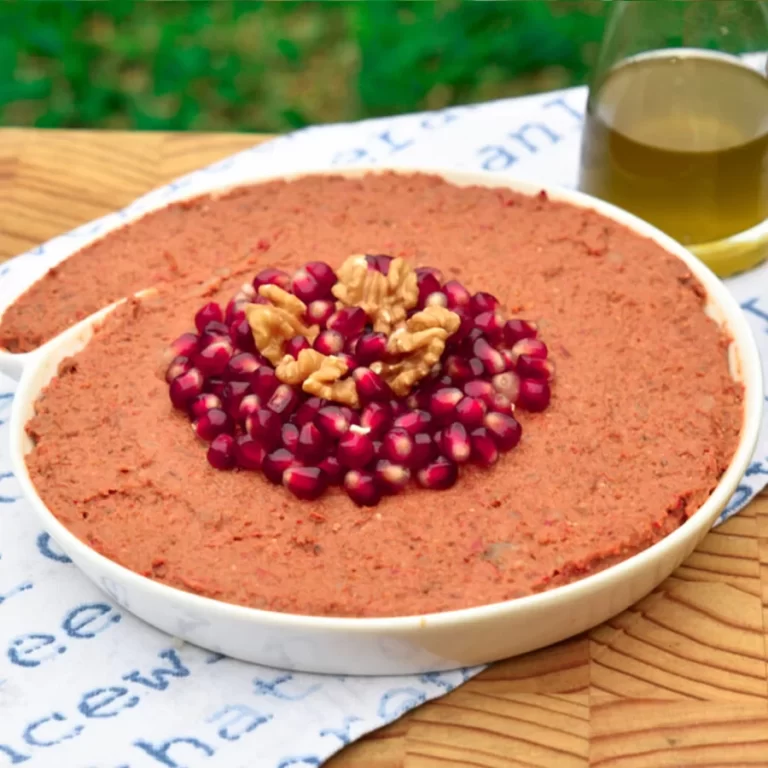
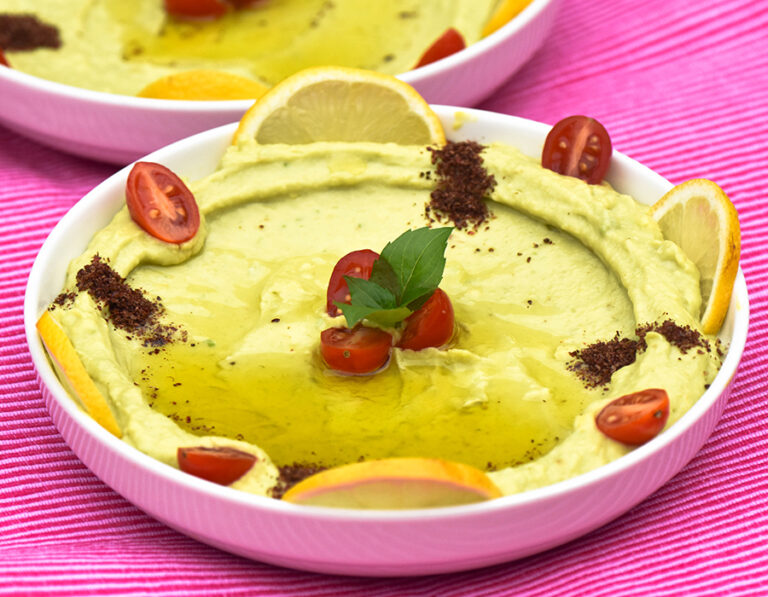

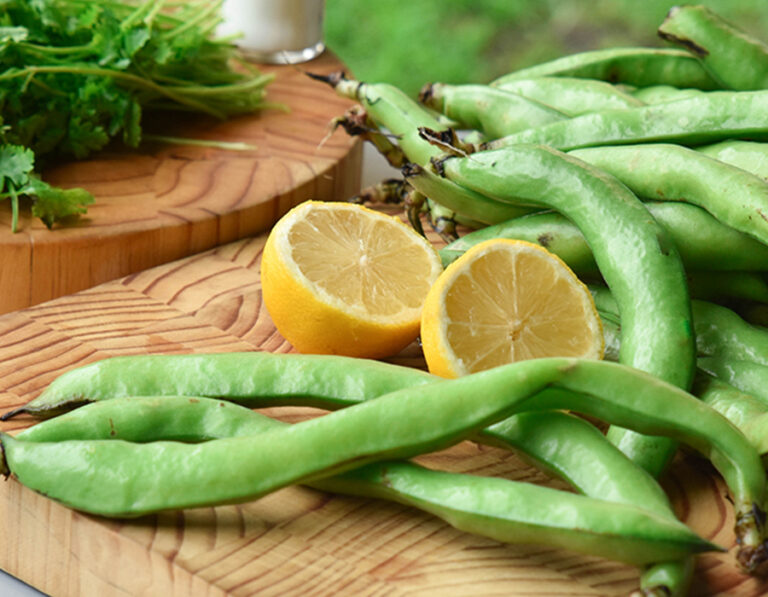
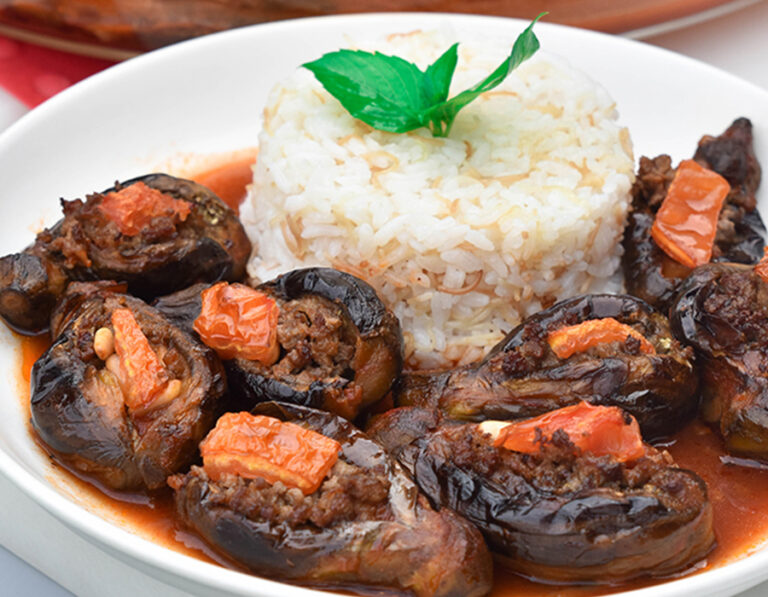
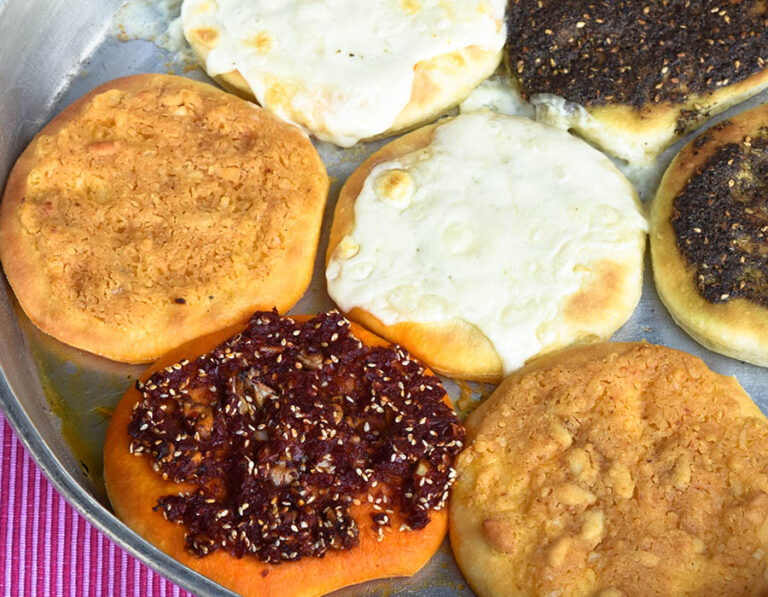




















8 Comments
This is hummus is absolute perfection! The perfect veggie dip!
Thank you so much, Heidi, believe me it is, xoxo.
Killer hummus recipe. By far the best I’ve ever made, smooth, creamy and packed with flavor. The texture as you described, is a restaurant-style. Though not a fast recipe, but easy to apply. I will never use another recipe again for hummus.
I used this recipe to impress my Lebanese boyfriend. He said this hummus tastes exactly like something you would get at a 5 star restaurant in Beruit. The texture is 10/10. I am so impressed with your skills Hadia. Your website, YouTube videos, and cookbook has reignited my love for cooking. Thank you!
Wow, Lauren. I am really touched. Thank you for taking the time to write your review; you made my day!
[…] Authentic Lebanese Hummus […]